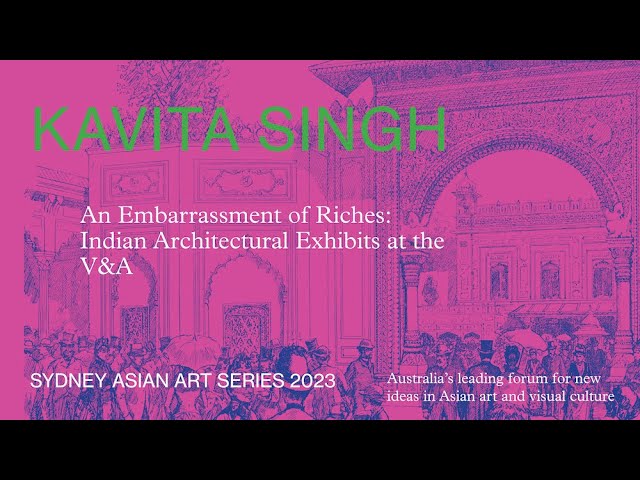Sydney Asian Art Series

The Sydney Asian Art Series invites leading researchers from across the world to share their work on a critical issue in early, modern and contemporary Asian art.
From 2023, the series will pursue an ambitious new research agenda, entitled “Cūra: Collection, Community, Care”. Over three years, the series will gather together leading scholars on collecting histories, object provenance, shifting notions of custodianship, and the role of researchers and curators as agents of care for artworks and their communities.
Each year, the series will present three online talks by ‘SAAS Global Scholars’ from around the world. In addition, the series will each year host a ‘Scholars in Residence’, who will present their work live in Sydney, and undertake research on local archives and collections.
In 2023, the series will focus on “collection” in Asian art history. Reflecting on collection as practice, and historical and institutional object, experts on Indian, South Asian, Thai and Chinese art and material culture will explore collecting histories and provenance issues, digital databases and the complex legacies of well-known European collections and collectors.
The series is co-presented with the Art Gallery of NSW, and convened by Olivier Krischer, with co-convenors Alex Burchmore, Peyvand Firouzeh and Yvonne Low.
Global Scholars
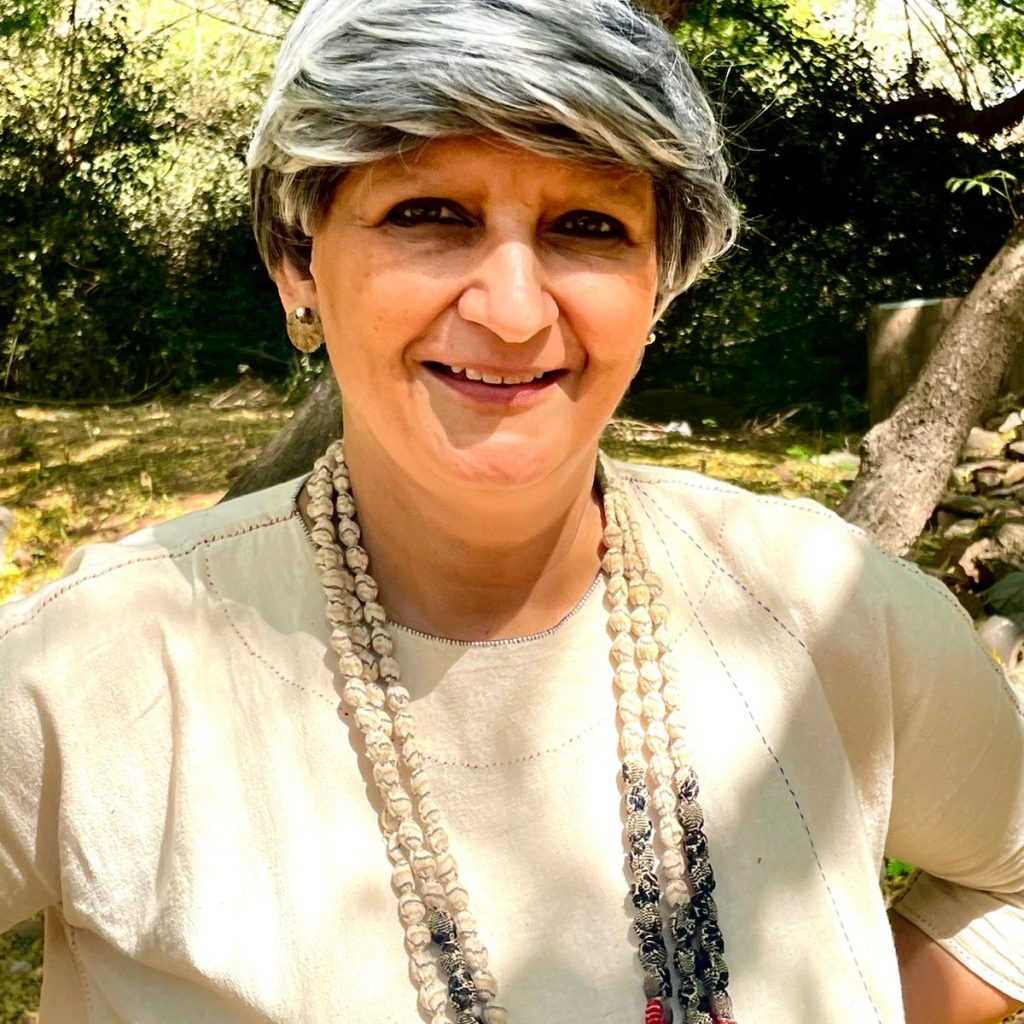
Kavita Singh is an art historian based in New Delhi, who works on the history of Indian painting, and the history and politics of museums. Formerly Professor and Dean at the School of Arts and Aesthetics, Jawaharlal Nehru University, she has published essays on issues of colonial history, repatriation, secularism and religiosity, fraught national identities, and the memorialization of difficult histories as they relate to museums in South Asia and beyond. She has also published widely on Mughal painting, exploring style as a visual language self-consciously used by artists as a vehicle of meaning. She is the editor and author of numerous acclaimed books, including: No Touching, No Spitting, No Praying: The Museum in South Asia (co-edited with Saloni Mathur, Routledge, 2014), Museums, Heritage, Culture: Into the Conflict Zone (2015), Real Birds in Imagined Gardens: Mughal Painting Between Persia and Europe (2016), Museum Storage and Meaning: Tales from the Crypt (co-edited with Mirjam Brusius, 2017) and Scent Upon a Southern Breeze: The Synaesthetic Arts of the Deccan (2018). Singh was awarded the Infosys Prize for the Humanities in 2018 and was elected to the American Academy of Arts and Sciences in 2020.
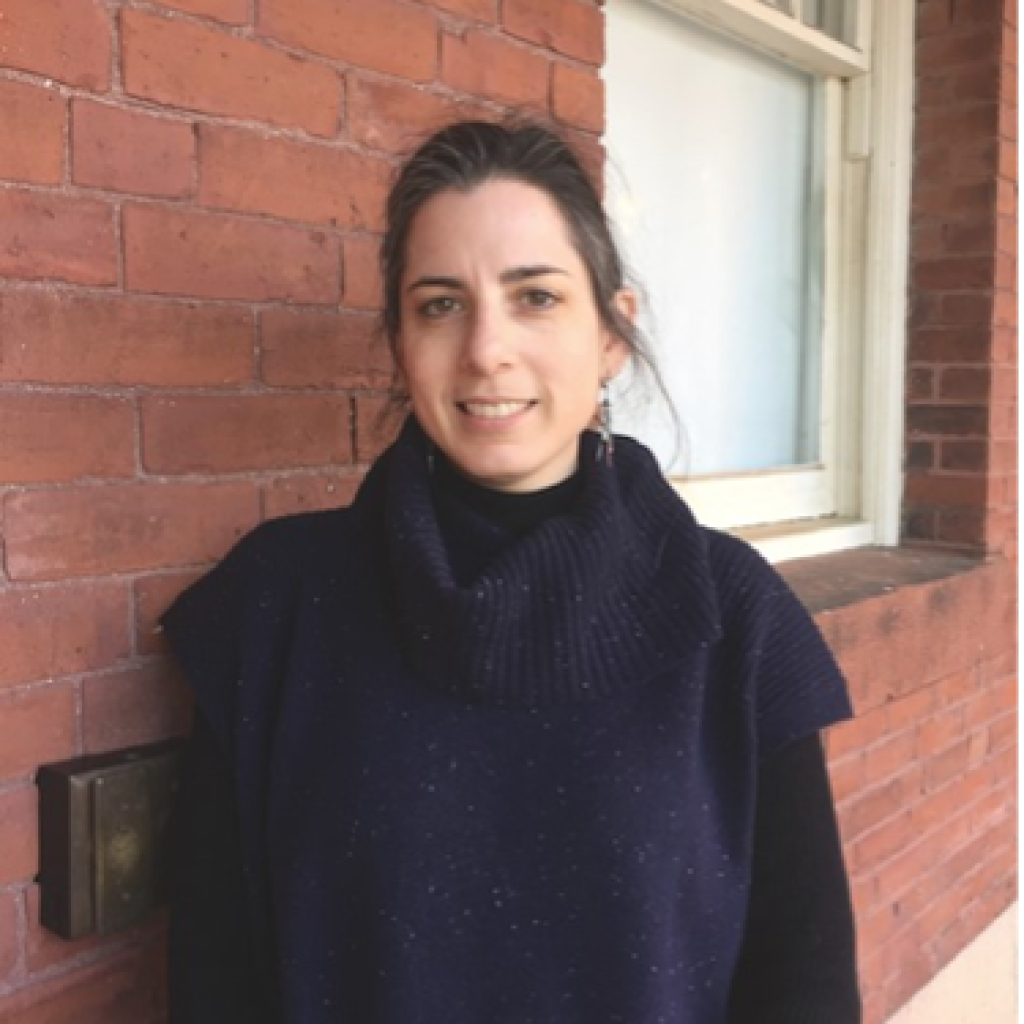
Yael Rice is associate professor of art history and Asian languages and civilizations at Amherst College, Massachusetts. She specializes in the art and architecture of South Asia, Central Asia, and Iran, with a particular focus on manuscripts and other portable arts of the fifteenth through eighteenth centuries. Between 2009-12, she held the position of Assistant Curator of Indian and Himalayan Art at the Philadelphia Museum of Art. Recent publications include “Art History Beyond Objects” (Art Journal Open, published 26 January 2023), on the importance of centering critical digital methods and tools in the teaching of collections-based art history courses; and, with Stephennie Mulder, “The Mystery of the Timurid Qur’an” (Prospect Magazine, published online July 22, 2020), on the commercial sale of Islamic manuscripts lacking any publicly-stated authenticating provenance. She is the author of the forthcoming book The Brush of Insight: Artists and Agency at the Mughal Court (University of Washington Press, 2023).
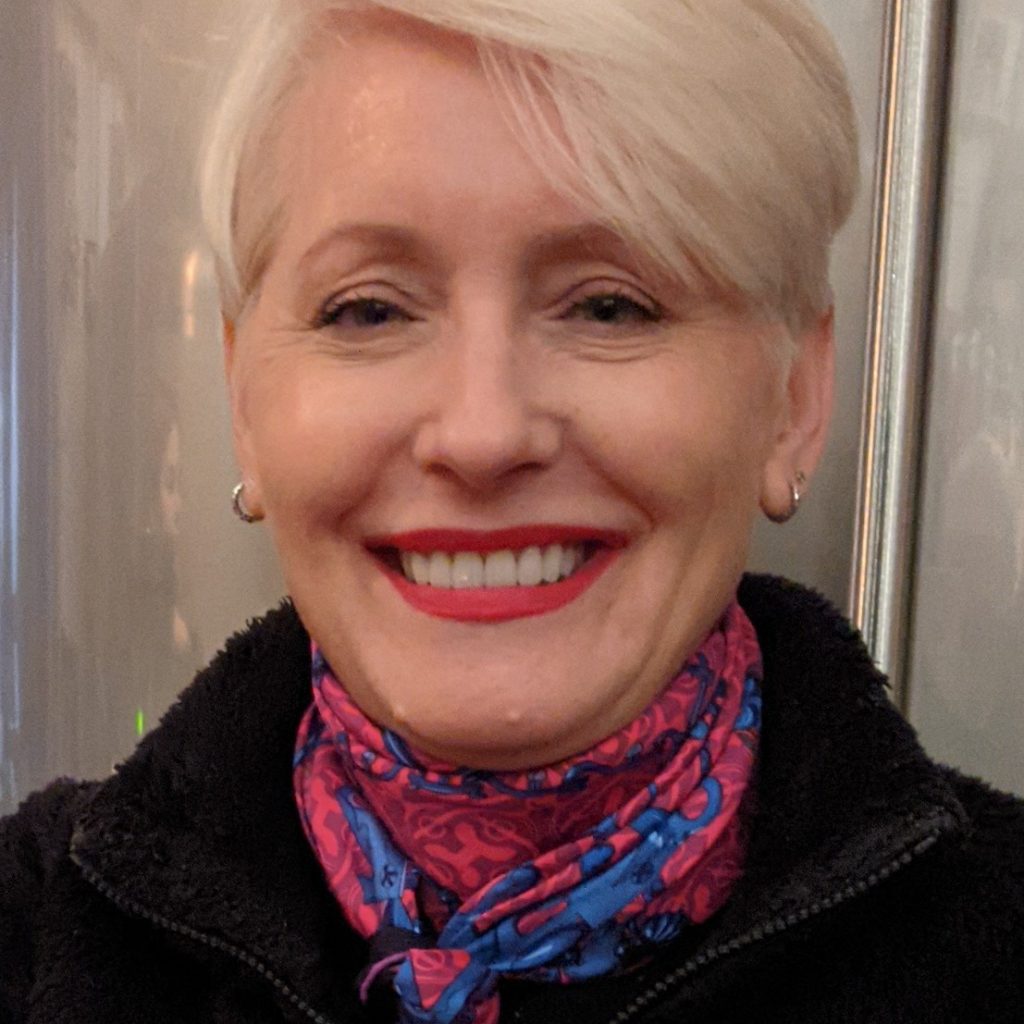
Dr Stacey Pierson is Professor of the History of Chinese Ceramics at SOAS, University of London. In addition to teaching and supervising research students in the School of Arts, she is President of the Oriental Ceramic Society (London) and series editor for the Routledge title Histories of Material Culture and Collecting, 1550-1950. Previously, from 1995 – 2007, she was Curator of the Percival David Foundation of Chinese art, also at the University of London, which housed the world-renowned David collection of Chinese ceramics. She has published widely on aspects of Chinese ceramics and the history of collecting and exhibitions, including Collectors, Collections and Museums: the Field of Chinese Ceramics in Britain: 1560-1960 (2007), Chinese Ceramics: a Design History (2009), From Object to Concept: Global Consumption and the Transformation of Ming Porcelain (2013), Private Collecting, Exhibitions and the Shaping of Art History in London: the Burlington Fine Arts Club, 1866-1950 (2017) and the edited volume Visual, Material and Textual Cultures of Food and Drink in China, 200 BCE – 1900 CE, Colloquies on Art and Archaeology in Asia, no. 25 (2022). Her most recent research project focused on Dr Johnson’s Chinese teapot, which is on display in the British Museum.
Scholar in Residence
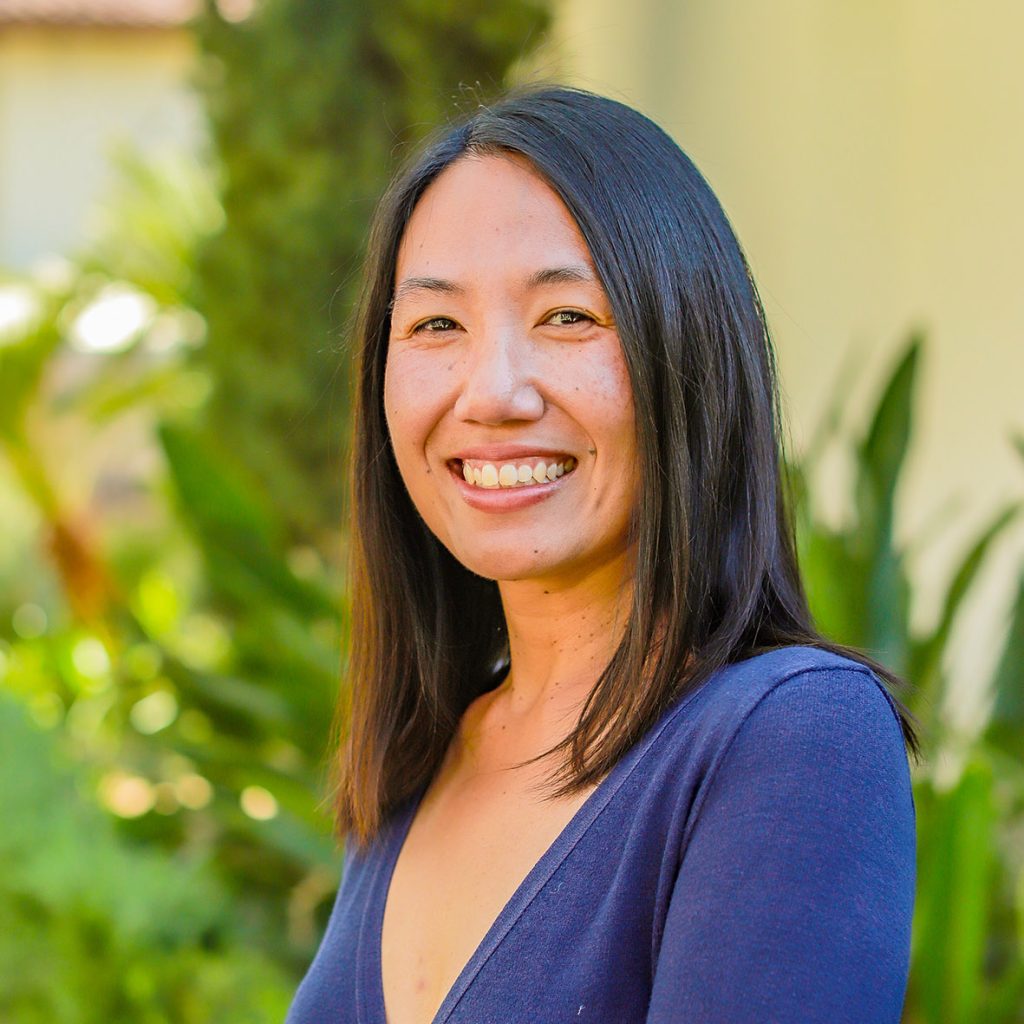
Melody Rod-ari is Associate Professor and Chair of Art History at Loyola Marymount University. She is also the Southeast Asian Content Editor for Smarthistory as well as an active curator who has organized exhibitions and permanent galleries for the Norton Simon Museum and the University of Southern California, Pacific Asia Museum. Her research investigates Buddhist visual culture in Thailand, and the history of collecting South and Southeast Asian art in America. Her work has been published by various journals and university presses and include topics such as “Returning ‘Home’: The Journey and Afterlife of Repatriated Objects (University of Florida Press, 2019) and “Who Owns Ban Chiang?: The Discovery, Collection and Repatriation of Ban Chiang Artefacts” (NUS Press, 2020).
SAAS 2023-25: Cūra
It is often noted that at the root of the English term “curatorship” is “cūra”, the Latin word meaning “care”. Less often remarked, however, is the term’s etymological link to the goddess Cūra, said to have fashioned the first human from clay.
This double meaning of cūra, as both practice of care and object of devotion, underpins not just the practice of curating, but also the entire apparatus of Euro-American practices and institutions that produce culture in modernity. Indeed, for the modern German philosopher Martin Heidegger, cūra was akin to what he called “being-in-the-world”.
This series asks: How have these practices of cūra shaped Asian art history? And what alternative practices and institutions of collecting, community and care might exist?
The 2023 series will begin this investigation with a focus on “collection”, lead by convenor Dr Olivier Krischer with co-convenor Dr Alex Burchmore. In 2024, the series will focus on “community” (with co-convenor Dr Yvonne Low), considering modes of curating, sharing and engagement, while in 2025, we will explore “care” (with co-convenor Dr Peyvand Firouzeh), delving into shifting understandings of conservation and custodianship, as well as our very notions of art and its authors.
Series Co-convenors
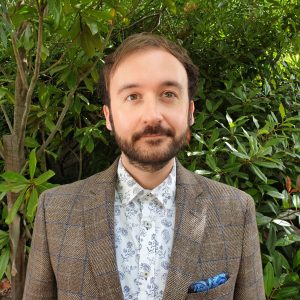
Alex Burchmore is an art historian specialising in the study of Chinese art, past and present, with a broader focus on travel and mobility, trade and exchange, communities and collectivism, and interactions of the personal and material. He received his PhD from the Australian National University in 2019 and joined the University of Sydney’s Museum & Heritage Studies department in 2021. His first book, New Export China: Translations Across Time and Place in Contemporary Chinese Porcelain Art (University of California Press, 2023), traces the myriad ways in which artists in China have used porcelain from the 1990s to the present to shape their visions of personal and cultural identity. He is currently editing a collection of essays by scholars across Australia, the UK, and the US who seek to interrogate and expand ideas of object biography through an interdisciplinary and transcultural lens (Bloomsbury, 2025).

Olivier Krischer is a historian of modern and contemporary art in East Asia and its diasporas, interested in transcultural artistic practice and photomedia. Following his PhD in Art History at the University of Tsukuba, Japan, he has been a Postdoctoral Fellow at the Australian National University and a Visiting Fellow at Academic Sinica, Taiwan. He is currently editing a book on Hong Kong-Australian artist John Young’s History Projects (Power Publications, 2023), and a co-edited volume on photography in Taiwan under Martial Law between the 1950s-1980s (ANU Press, 2024). His previous publications include Zhang Peili: from Painting to Video (2019), and Asia through Art and Anthropology: Cultural Translation Across Borders (2013, with F. Nakamura, M. Perkins). He is an Honorary Associate of the Department of Art History, University of Sydney, and teaches Asian art history and curatorship at the National Art School and the University of New South Wales, Sydney.
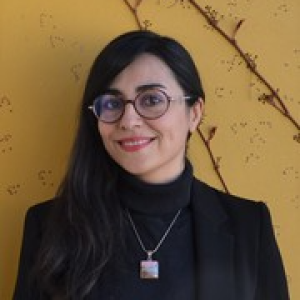
Peyvand Firouzeh is Lecturer in Islamic Art in the Department of Art History, and a Getty Scholar 2022-23. She is a trained architect and art historian specializing in medieval and early modern art and architecture from the Islamic world, with research interests in arts of Sufism, the interaction of image, space, and text, Indian Ocean studies, and the mobility of artistic and intellectual networks within and beyond the Persianate world. Her book manuscript, provisionally titled Intimacies of Global Sufism: The Arts of Shrine Making Between Early Modern Iran and India, addresses the relationship between mysticism, materiality, and mobility. Focusing on a series of hitherto understudied sacred sites in Iran and India associated with the fifteenth-century Sufi-poet Shah Neʿmatollah Wali, the book uses the concept of “intimacy” to redraw the boundaries between small devotional spaces and monumental structures, as well as between local and global histories of faith and art making. She is currently working on two projects: the first, for which she has received a Discovery Early Career Research Award (DECRA) from the Australian Research Council, focuses on the circulation of images and perceptions of the built environment in fifteenth-century Deccan India that materialized temporal and geographical dialogues across the Indian Ocean. The second project, for which she has received a Getty Scholar Grant, explores the real and imagined migrations of the coco-de-mer nutshell, native to the islands of Seychelles in the Indian Ocean, with a focus on their use as Sufis’ begging bowls.
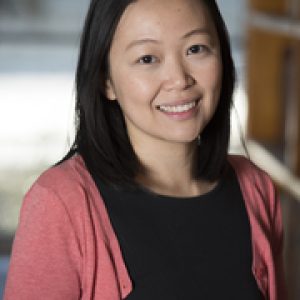
Yvonne Low is an art historian and lecturer in Asian Art at the University of Sydney. She researches on modern and contemporary Southeast Asian art, with an interest in Chinese diaspora culture and transnationalism, feminisms in Contemporary art, women’s history, and digital methods. Previously, Yvonne has taught subjects on Asian art and architectural history in Singapore (Nanyang Technological University) and Sydney (UNSW, National Art School). She has published widely – over 40 books, peer-reviewed journals, and exhibition catalogues, including a children’s book on Indonesian Art. She was the co-convenor of two international conferences, “Gender in Southeast Asian art histories” in 2017 and 2019 respectively, and subsequently the co-developer of a digital feminist data tool. As part of the editorial committee to Southeast of Now, the first journal dedicated to the modern and contemporary art of Southeast Asia, Yvonne is committed to advancing scholarship in the region and making the knowledge as widely accessible as possible. Her current projects include a collaborative, digital project, Womanifesto Online Anthology, The Womanifesto Way (4A, 2023), and a special co-edited issue on Rethinking Primitivisms in Asian Art (World Art, 2024), among others.
Events
Past
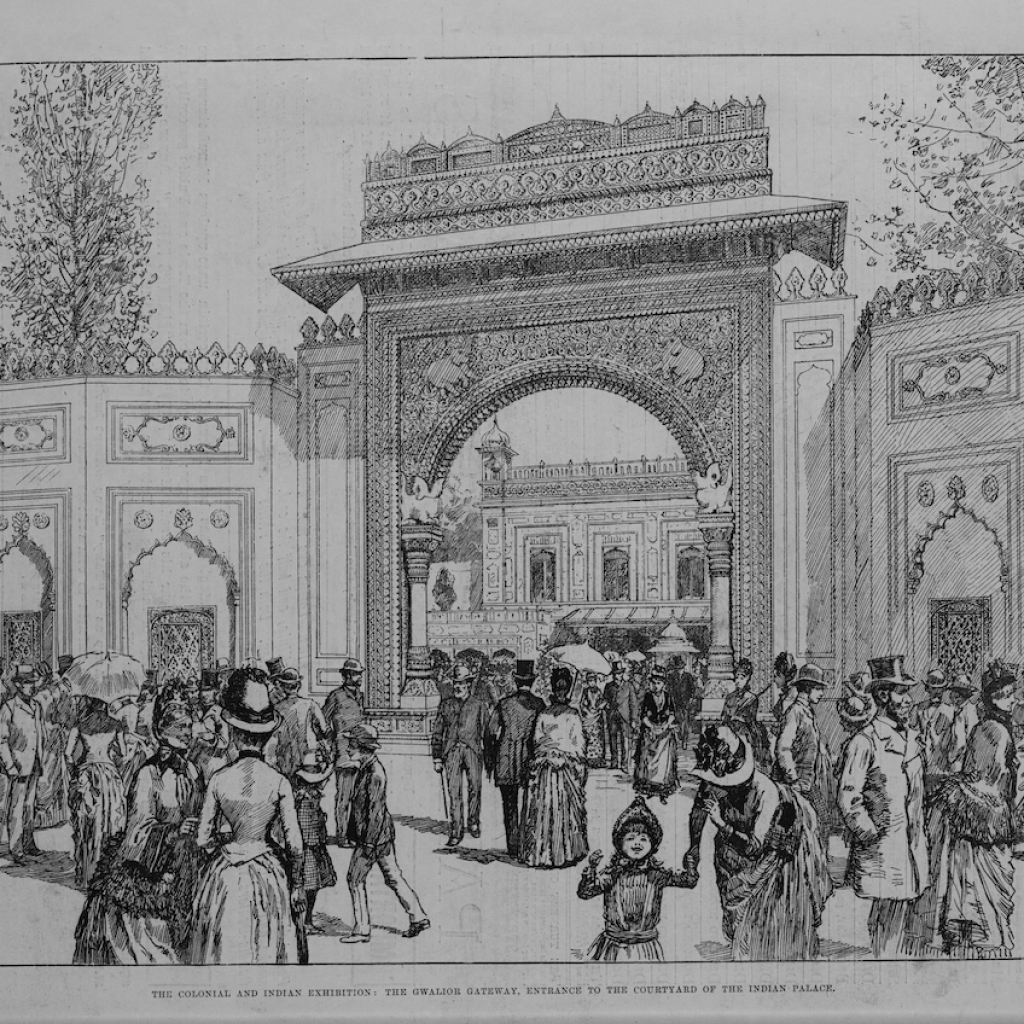
An Embarrassment of Riches: Indian Architectural Exhibits at the V&A
As colonial regimes excavated and collected artifacts and disassembled monuments and transported them part-by-part to metropolitan museums, the promise they held out was of preservation: objects buried under the earth and buildings mouldering in the jungle would be rescued from the elements, from ignorant natives, from the ravages of time. In the museum, they would be kept safe for times to come. But the museum is not always hospitable to the objects it collects. This talk demonstrates this by tracking four significant architectural-scaled objects from India that were or are in the collection of the Victoria and Albert Museum but can no longer be seen there.
People

Kavita Singh
Kavita Singh is an art historian based in New Delhi, who works on the history of Indian painting, and the history and politics of museums. Formerly Professor and Dean at the School of Arts and Aesthetics, Jawaharlal Nehru University, she has published essays on issues of colonial history, repatriation, secularism and religiosity, fraught national identities, and the memorialization of difficult histories as they relate to museums in South Asia and beyond. She has also published widely on Mughal painting, exploring style as a visual language self-consciously used by artists as a vehicle of meaning. She is the editor and author of numerous acclaimed books, including: No Touching, No Spitting, No Praying: The Museum in South Asia (co-edited with Saloni Mathur, Routledge, 2014), Museums, Heritage, Culture: Into the Conflict Zone (2015), Real Birds in Imagined Gardens: Mughal Painting Between Persia and Europe (2016), Museum Storage and Meaning: Tales from the Crypt (co-edited with Mirjam Brusius, 2017) and Scent Upon a Southern Breeze: The Synaesthetic Arts of the Deccan (2018). Singh was awarded the Infosys Prize for the Humanities in 2018 and was elected to the American Academy of Arts and Sciences in 2020.
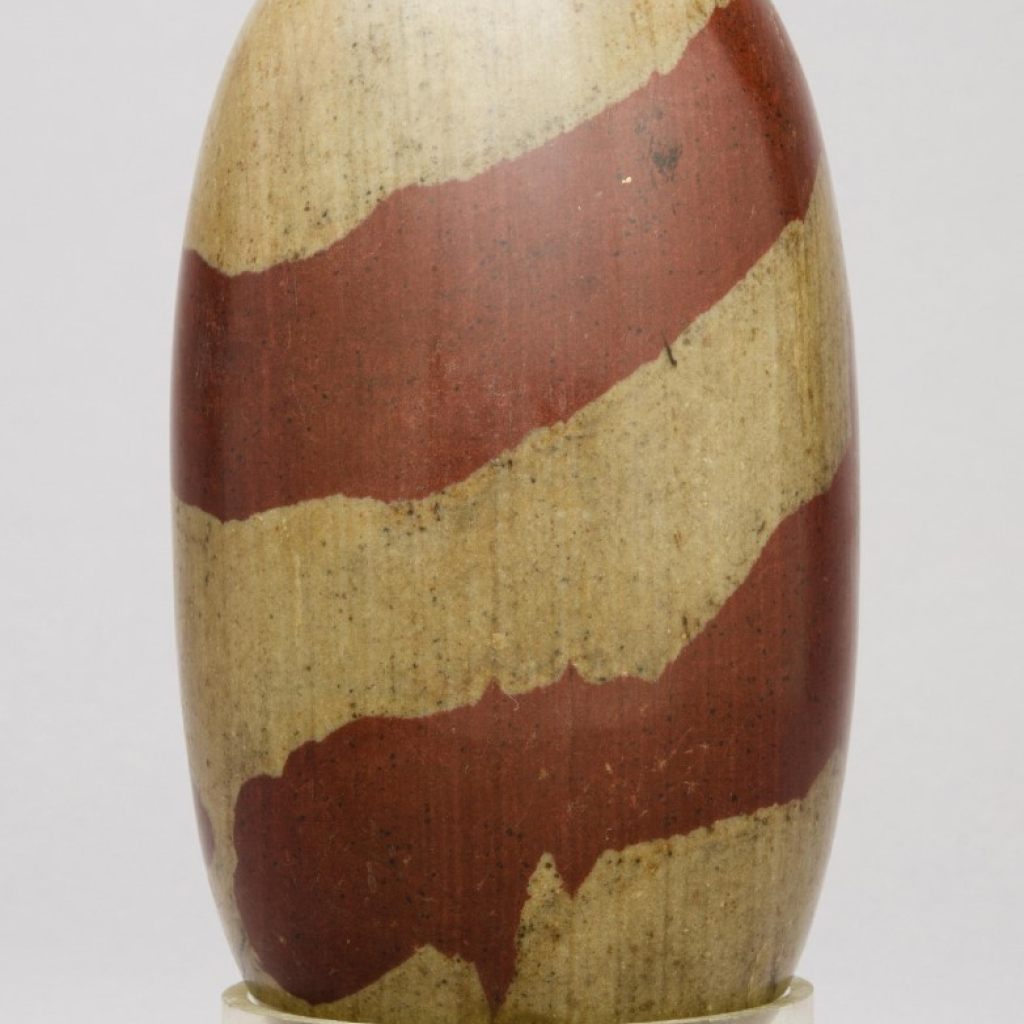
Artist/Maker Unknown: Hierarchy, Bias, and the Museum Database
Viewing museum collections online, one will find endless references to an “artist unknown”—or, in the context of objects made in India, an artist “unknown, Indian”—displayed prominently in the topmost registers of the webpages. Other metadata, like the work’s title, date of completion, and medium, typically appear below that. As “natural” as this informational hierarchy may seem, it betrays a clear bias for cultures and periods that privilege (or have privileged) artistic authorship over and above other facets of an object’s production and use. Simply reordering the online record’s text would hardly correct this bias, for many museum collections management systems reproduce the very same hierarchies.
People

Yael Rice
Yael Rice is associate professor of art history and Asian languages and civilizations at Amherst College, Massachusetts. She specializes in the art and architecture of South Asia, Central Asia, and Iran, with a particular focus on manuscripts and other portable arts of the fifteenth through eighteenth centuries. Between 2009-12, she held the position of Assistant Curator of Indian and Himalayan Art at the Philadelphia Museum of Art. Recent publications include “Art History Beyond Objects” (Art Journal Open, published 26 January 2023), on the importance of centering critical digital methods and tools in the teaching of collections-based art history courses; and, with Stephennie Mulder, “The Mystery of the Timurid Qur’an” (Prospect Magazine, published online July 22, 2020), on the commercial sale of Islamic manuscripts lacking any publicly-stated authenticating provenance. She is the author of the forthcoming book The Brush of Insight: Artists and Agency at the Mughal Court (University of Washington Press, 2023).
Art History and the Digital: A Conversation with Yael Rice, Nancy Um, Deepthi Murali and Priya Jaradi
The digital mediates nearly every aspect of the work that we, as art historians, do today: from word processing, smartphone photography, and image file storage to museum and library database searches. More than merely a tool, the digital carries the potential to radically transform the means by which we perceive, document, preserve, organize, and present the objects and spaces that we study.
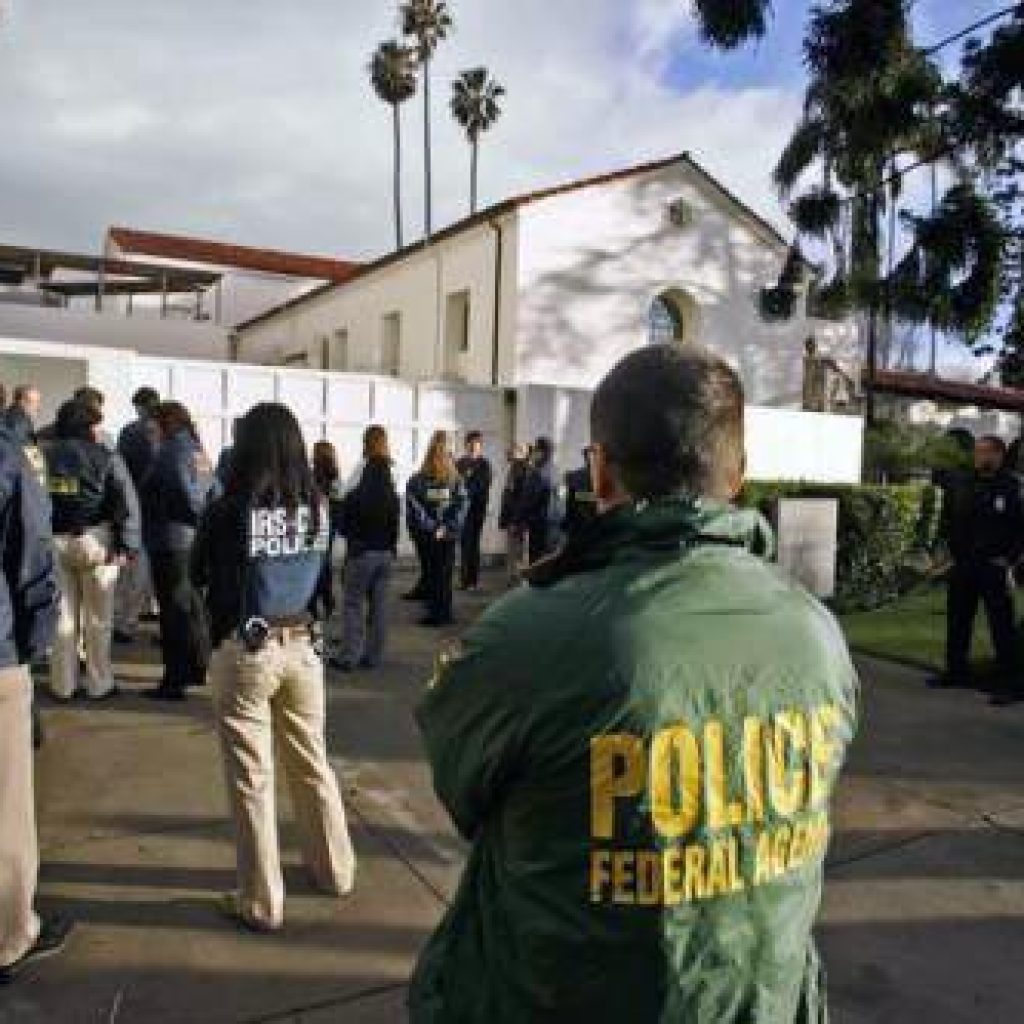
Lecture by Melody Rod-Ari.
People

Melody Rod-ari
Melody Rod-ari is Associate Professor and Chair of Art History at Loyola Marymount University. She is also the Southeast Asian Content Editor for Smarthistory as well as an active curator who has organized exhibitions and permanent galleries for the Norton Simon Museum and the University of Southern California, Pacific Asia Museum. Her research investigates Buddhist visual culture in Thailand, and the history of collecting South and Southeast Asian art in America. Her work has been published by various journals and university presses and include topics such as “Returning ‘Home’: The Journey and Afterlife of Repatriated Objects (University of Florida Press, 2019) and “Who Owns Ban Chiang?: The Discovery, Collection and Repatriation of Ban Chiang Artefacts” (NUS Press, 2020).
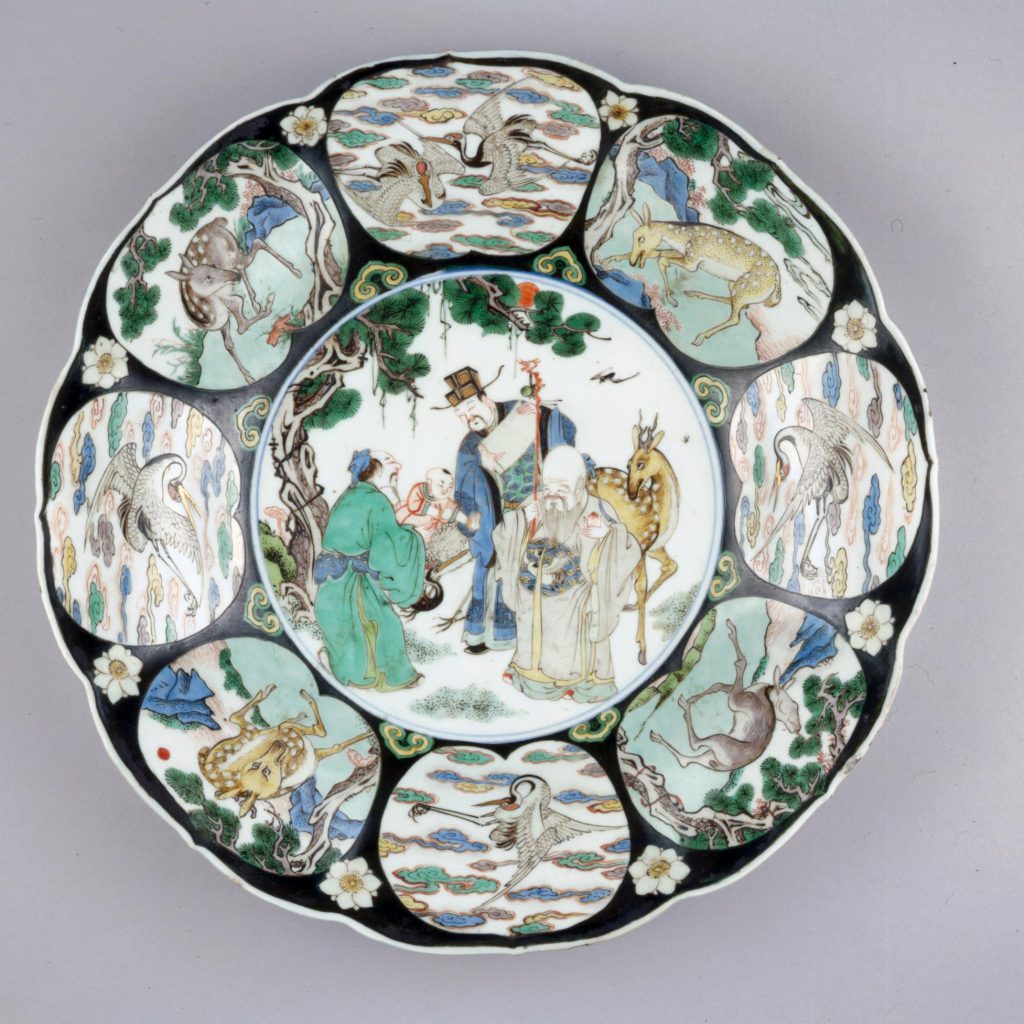
The Man Who Loved China: The Extraordinary Life and Collection of Sir Percival David
The finest collection of Chinese ceramics outside China can be seen in the Sir Percival David Collection gallery in the British Museum in London. Created by Sir Percival David (1896-1964) in the first half of the 20th century, the collection contains some of the rarest and most valuable pieces in the world today and is a benchmark for dating, identification and scholarship.
People

Stacey Pierson
Dr Stacey Pierson is Professor of the History of Chinese Ceramics at SOAS, University of London. In addition to teaching and supervising research students in the School of Arts, she is President of the Oriental Ceramic Society (London) and series editor for the Routledge title Histories of Material Culture and Collecting, 1550-1950. Previously, from 1995 – 2007, she was Curator of the Percival David Foundation of Chinese art, also at the University of London, which housed the world-renowned David collection of Chinese ceramics. She has published widely on aspects of Chinese ceramics and the history of collecting and exhibitions, including Collectors, Collections and Museums: the Field of Chinese Ceramics in Britain: 1560-1960 (2007), Chinese Ceramics: a Design History (2009), From Object to Concept: Global Consumption and the Transformation of Ming Porcelain (2013), Private Collecting, Exhibitions and the Shaping of Art History in London: the Burlington Fine Arts Club, 1866-1950 (2017) and the edited volume Visual, Material and Textual Cultures of Food and Drink in China, 200 BCE – 1900 CE, Colloquies on Art and Archaeology in Asia, no. 25 (2022). Her most recent research project focused on Dr Johnson’s Chinese teapot, which is on display in the British Museum.
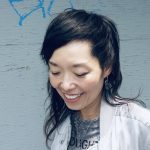
Furuhata Yuriko
Furuhata Yuriko is an Associate Professor at McGill University, Montreal, and has published widely in the field of Japanese film and media, and is author of Cinema of Actuality: Japanese Avant-Garde Filmmaking in the Season of Image Politics (Duke University Press, 2013) and the forthcoming Atmospheric Control: A Transpacific Genealogy of Climatic Media (2022).
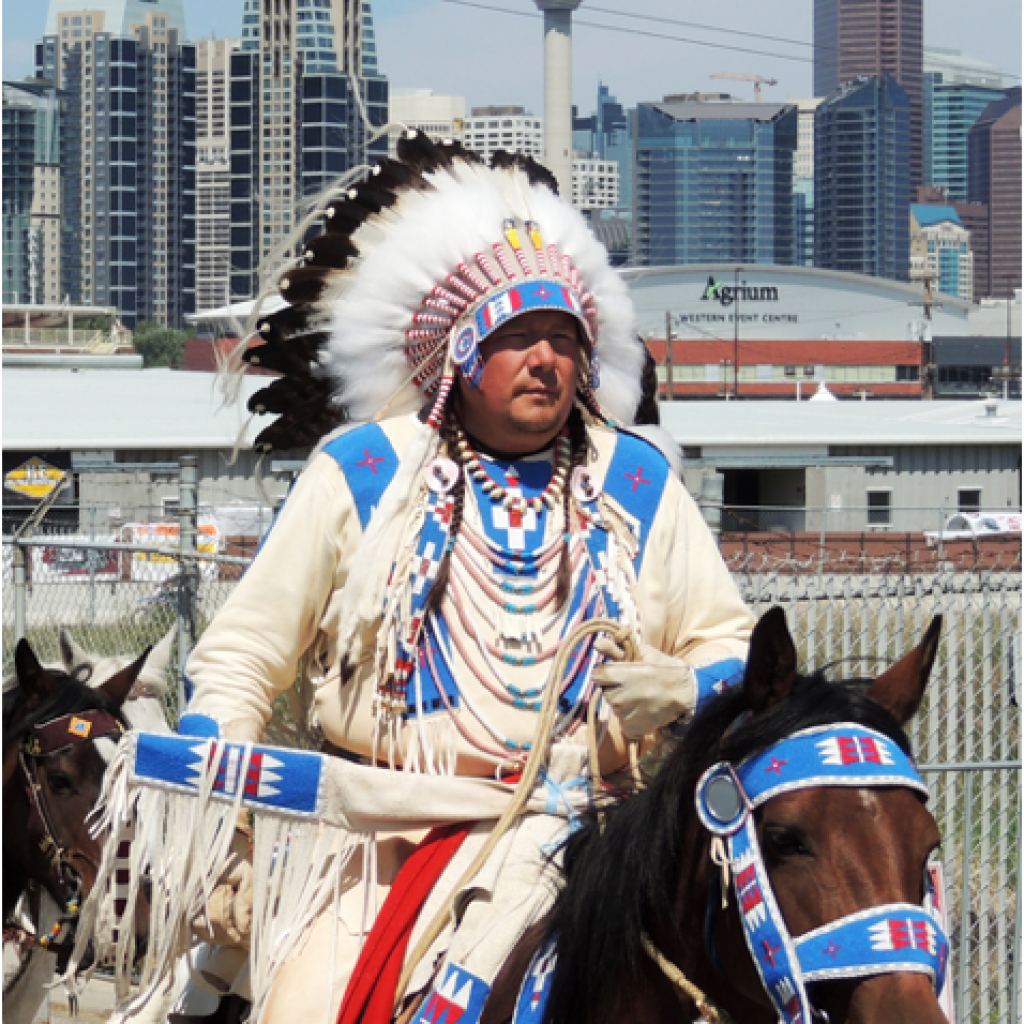
Kent Ayoungman
Oki Aamooka Kayihtsipimiohkitopi, Iihtomohtoto Siksika ki Iihtomahto’tsitapiyiiks Saayiiks. His real name is Riding a Painted Horse and belongs to the Aggressive People clan of the Siksika in Alberta, Canada. He is also known as Kent Ayoungman. Kent has a passion for anything related to the Siksikai’tsitapiwahssinni. Since childhood, he has dreamt often about the traditions of the Siksikai’tsitapi. He has actualized these “gifts of knowledge” by activelyparticipating in the Blackfoot societies and ceremonies. At a young age, Kent was also very fortunate to have his late grandfather, Arthur Ayoungman Sr., there for him, and to encourage him in living the Siksika way of life. Kent has also translated these gifts into creating works of art in mixed media. He is especially adept at making “authentic” Siksika clothing, accessories, and horse gear. He is knowledgeable about ancient designs, the symbolism in these pieces, and the protocol related to ownership and use. He has been involved in various capacities with post-secondary institutions such as University of Lethbridge, University of Calgary, Mount Royal University, Alberta University of the Arts, University of Alberta and Old Sun Community College. He was awarded with an Honorary Doctorate Degree from the Old Sun Community College on September 22, 2021 for his extensive contributions to the Siksika Knowledge Curriculum development and much more. Kent is also a recipient of the Queen Elizabeth II’s Platinum Jubilee Medal (Alberta). He works with many museum collections within North America, Australia, United Kingdom and most recently Europe.

